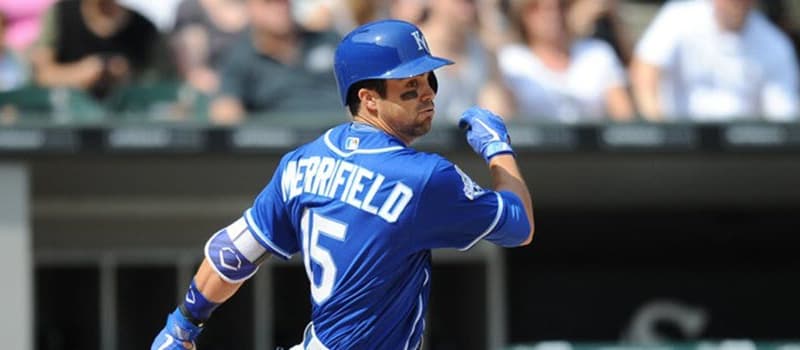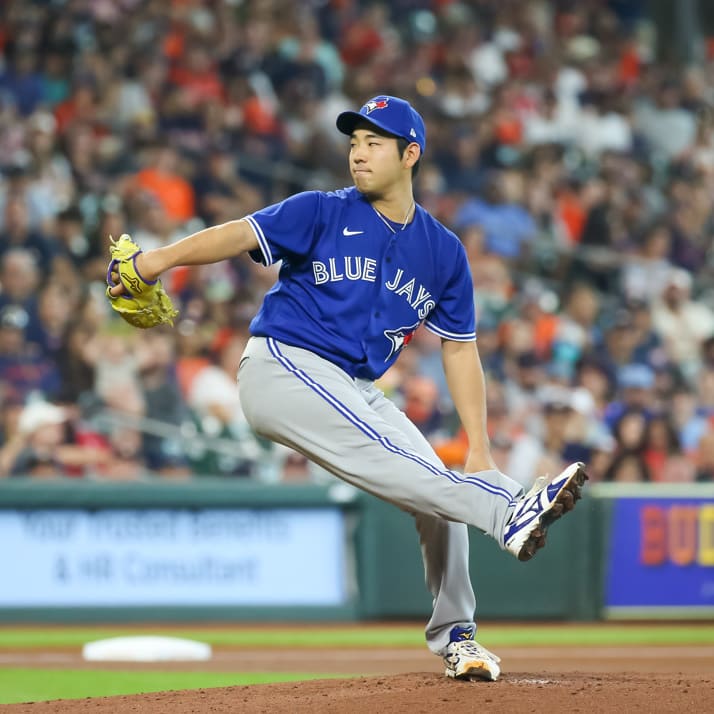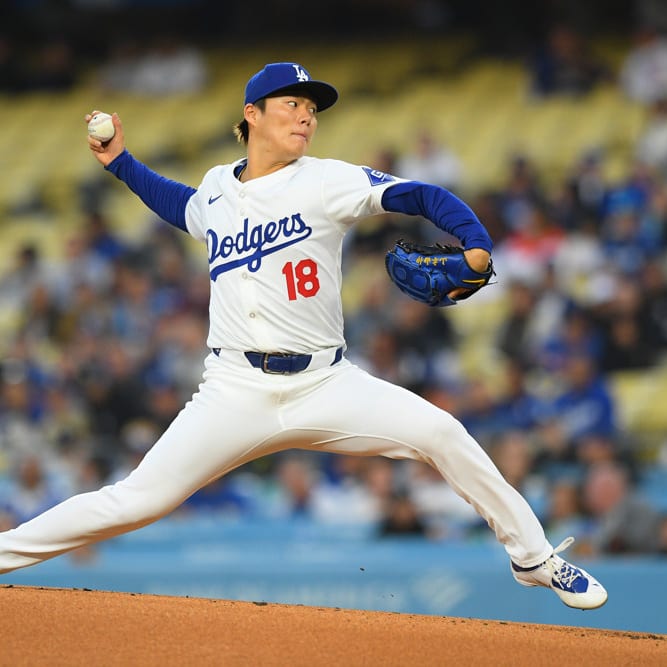This article is part of our The Z Files series.
There's starting pitcher tiers, position tiers and category tiers. Depending on how your season goes, there could be alligator tears. Fantasy baseball drafting and tiers go together like ramma lamma lamma ka dinga da dinga dong. Sometimes I think the Internet was invented for me.
Admittedly, I'm a Tier Drafter. Be it an auction or a draft, all I have are four pieces of paper with the player pool divided by position into color-coded tiers. My laptop or phone is nearby to check on news, but that's it. No draft software. Old school.
The key to tiered drafting is it's really just bookkeeping. Yeah, players are listed in order of perceived production, but the tiers are more a means of tracking than ranking.
There are different ways to define a tier. Those more spreadsheet-oriented look for natural breaks in whatever is being used to differentiate the players. Each cluster is a tier, then there's a gap and the ensuing cluster encompasses the next tier. Others employ a Zen approach, listing players until one of these is not like the other. It's more sense than objective.
My tiers are broken into tiers by $5 increments. The same tiers are used for a draft or auction.
One of the tenets of tiers is the players within each are all considered to be similar in fantasy potential. Yes, the names are listed in order of projected dollar value, but the inaccuracy of player projection and the flaws associated with valuation are such that
There's starting pitcher tiers, position tiers and category tiers. Depending on how your season goes, there could be alligator tears. Fantasy baseball drafting and tiers go together like ramma lamma lamma ka dinga da dinga dong. Sometimes I think the Internet was invented for me.
Admittedly, I'm a Tier Drafter. Be it an auction or a draft, all I have are four pieces of paper with the player pool divided by position into color-coded tiers. My laptop or phone is nearby to check on news, but that's it. No draft software. Old school.
The key to tiered drafting is it's really just bookkeeping. Yeah, players are listed in order of perceived production, but the tiers are more a means of tracking than ranking.
There are different ways to define a tier. Those more spreadsheet-oriented look for natural breaks in whatever is being used to differentiate the players. Each cluster is a tier, then there's a gap and the ensuing cluster encompasses the next tier. Others employ a Zen approach, listing players until one of these is not like the other. It's more sense than objective.
My tiers are broken into tiers by $5 increments. The same tiers are used for a draft or auction.
One of the tenets of tiers is the players within each are all considered to be similar in fantasy potential. Yes, the names are listed in order of projected dollar value, but the inaccuracy of player projection and the flaws associated with valuation are such that players within a few dollars aren't appreciably different.
Opponents of tiers (correctly) point out the players at the bottom of one tier and the top of the next are also "the same." If there's no difference between those within a tier and the ends, doesn't that make every single player the same?
Of course, there's a difference between consecutive players. In drafts, you start at the top, cross out names and when it's your turn, consider which of the highest listed remaining players is best suited to your team construction. It may not be the top ranked player. However, distinguishing players by positions and grouping similar players in the same row helps visualize the available inventory easier than using one list with everyone. Tiers allow comparison of players within a position as well as across positions.
My favorite use of tiers in drafts is identifying several closely ranked player with a common denominator. Perhaps it's their position. Maybe it's a statistical contribution. The former is easy to spot: look for a tier with an abundance of players at a position. The latter involves knowing the player pool and looking across the columns for like traits. This is where the color coding helps. Focus on all the players in the same color and see what stands out. Maybe you observe several speedy middle infielders bunched together. In that scenario, when deciding between the similarly tiered Whit Merrifield and Juan Soto, break the tie with Soto, knowing there's a greater chance of landing steals from the MI spot later. Or perhaps the number of high-power, low-average sluggers catches your eye. If you drafted a pitcher early and need to make up both speed and power and are haggling between Khris Davis and Starling Marte, address the steals since you can grab a different high-homer, low-average player later. It's a form of reverse engineering your roster – dedicating later picks to positions or needs you have an excellent chance to fill based on your tiers.
Auctions and tiers are a little different since pricing matters. Even though the premise is everyone within a tier is fundamentally the same, paying the maximum designation on each tier for the players at the bottom seems dangerous. That is, I'll have a tier for all players priced $26 to $30. Buying the lowest ranked player for $30 at three positions is probably not prudent. However, in practical terms, this situation hardly ever presents itself. Different player expectations almost always avail a player within a tier you buy at a price commensurate with the next tier down. That is, there will be someone, maybe multiple players you have in the $26-$30 tier that sell for something between $21 and $25. In fact, that's my goal; purchasing as many players as possible with a one-tier (or sometimes even two-tier) discount. I'll also usually price enforce until players I'm not especially interested in are pushed into the tier one below where I have them situated. This way, if I get stuck with the player, they're guaranteed to be below my expected production. As an aside, is price enforcing to the point you'd begrudgingly accept the player truly price enforcing?
The other use of tiers in auctions is something that will come up again down the road in a column devoted strictly to auction dynamics. In brief, I enter each auction with a plan, actually several plans, budgeting how much to spend on each roster spot. The actual amounts are fluid. Again, this will be explained in greater detail later, but if my top remaining spot is for a $35 player, the tiers track how many players in that range are available. Once the supply dwindles, I know I need to secure one of the remaining individuals or reallocate the budget, dropping that $35 spot to something less and adding the extra dollars to other spots. It's a great way to prevent leaving money on the table.
I understand not all players within a tier are truly equal. I get putting a player priced at $25.51 in the $30 tier and a guy priced at $25.49 in the $25 doesn't make sense. However, I also know I won't be paying $30 for everyone priced around $25.49. The benefit of being able to visualize the player pool in tiered form as opposed to one long list far outweighs the seemingly arbitrary breakpoints. Hence, tiering is much more about bookkeeping than it is absolute ranking.










